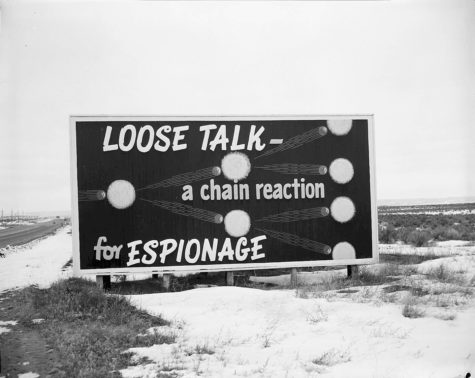 I have a friend who is a magician. He performs the occasional stage show with card tricks and coins hidden behind the ear. His work is sleight of hand, a flash of movement deceiving the eye. He’d say it’s science. You experiment and find what actually works.
I have a friend who is a magician. He performs the occasional stage show with card tricks and coins hidden behind the ear. His work is sleight of hand, a flash of movement deceiving the eye. He’d say it’s science. You experiment and find what actually works.
My friend, Angus Stocking, is also a tarot reader with his own small business for clients who have questions about love, money, and other volatile, mysterious indulgences. For him, reading people’s cards is different from stage magic. In one he wows the audience with gentlemanly distraction, and in the other, he believes he is accessing an invisible realm of order and prediction where each card holds symbolic information relevant to the viewer’s life.
Besides reading cards, Angus might have you reach into a bag to dig out a rune stone marked with one of 25 symbols, or colored marbles for the I Ching, a Chinese divination technique dating back 3,000 years.
“Sometimes you need the extra umph of a miracle to listen to what is being said,” Angus tells me.
Angus has a scientific mind. He’s a land surveyor by trade and makes the bulk of his living writing papers for the infrastructure industry, studying and writing about materials and engineering techniques for bridges, manhole covers, sewer drains, and skyscrapers around the world. He reads fortunes on the side.
Does he honestly think it’s real?
“I regularly experience synchronicities or intuitive predictions at a rate that argues against simple chance,” Angus says. “It becomes fatuous to insist there is not a spiritual component.” Continue reading
 January 22-26, 2018
January 22-26, 2018



